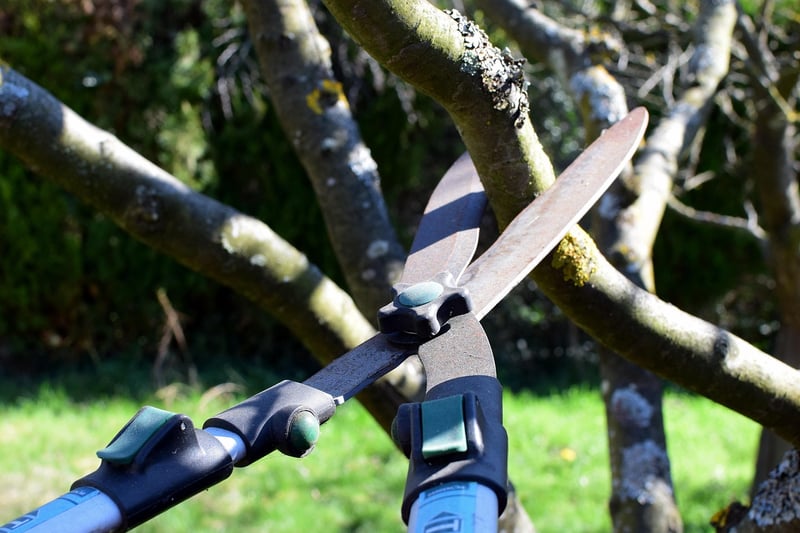Pruning Techniques
Essential Plant Care and Pruning Techniques
Introduction
Proper plant care and pruning are essential for maintaining the health and beauty of your garden. Whether you are a seasoned gardener or just starting out, understanding the basics of plant care and pruning techniques is crucial for the success of your plants.
1. Watering
Watering is one of the most important aspects of plant care. Different plants have different water requirements, so it's essential to know the specific needs of each plant in your garden. Overwatering can lead to root rot, while underwatering can cause wilting and stunted growth. Water your plants deeply but less frequently to encourage healthy root development.
2. Sunlight
Plants require sunlight for photosynthesis, the process by which they convert light into energy. Ensure your plants are getting the right amount of sunlight based on their specific requirements. Some plants thrive in full sun, while others prefer partial shade. Be mindful of the sun exposure in your garden and position your plants accordingly.
3. Soil and Fertilization
Good soil quality is essential for the health of your plants. Ensure your soil is well-draining and rich in nutrients. Consider fertilizing your plants regularly to provide them with the necessary nutrients for growth. Organic fertilizers are a great option for promoting healthy soil and plant growth.
4. Pruning Techniques
Pruning is the process of removing dead, damaged, or overgrown branches to promote plant health and encourage new growth. Proper pruning techniques vary depending on the type of plant, so it's important to research the specific requirements for each plant in your garden. Some common pruning techniques include:
- Deadheading: Removing spent flowers to encourage new blooms.
- Thinning: Removing excess branches to improve air circulation and light penetration.
- Heading back: Trimming the tips of branches to promote bushier growth.
5. Tools for Pruning
Having the right tools for pruning is essential to ensure clean cuts and minimize damage to your plants. Some common pruning tools include:
- Pruning Shears: Ideal for cutting small branches and stems.
- Loppers: Used for cutting thicker branches that pruning shears can't handle.
- Pruning Saw: Suitable for cutting larger branches or tough woody stems.
Conclusion
By following these essential plant care and pruning techniques, you can ensure the health and vitality of your garden plants. Remember to water your plants appropriately, provide them with adequate sunlight, maintain good soil quality, and practice proper pruning techniques to promote healthy growth and blooming. Happy gardening!

For more information on plant care and pruning techniques, visit Royal Horticultural Society.
